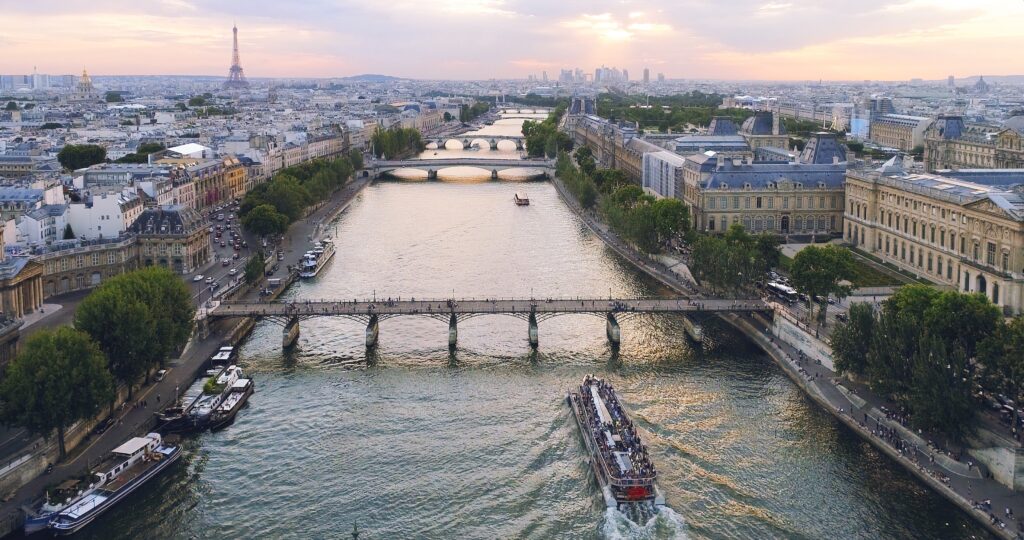For twenty years, almost 89 kilometers of pipes with water at 4°C have circulated under the feet of Parisians to keep cool various emblematic places of the capital, such as the Louvre or the National Assembly.

With heat waves becoming more frequent, Paris is looking to expand its little-known ‘urban cold’ network to keep its monuments at the right temperature using water from the Seine. The city of Paris, which aims to become “the world’s largest cooling network” by 2040, has signed a 20-year contract with the energy group Engie, which owns 85% of Fraîcheur’s shares. de Paris, and the RATP, which owns the remaining shares.
“In 2042 all city districts will be served”announces Dan Lert, deputy mayor of Paris in charge of water.
The development of the cooling network makes it possible to avoid having to resort to “intensive use” of individual air conditioning, which consumes electricity and emits greenhouse gases. Christophe Ladaurade, commercial director at Engie, together with the town hall, proposes to adhere “a difference of 5 to 8 degrees between outside and inside”as permitted by the cooling network.
In the future, this cooling network will circulate in all Paris hospitals, certain schools and metro stations. On the right bank of the Invalides Bridge, a discreet spiral staircase leads to “Canada” – like the eponymous square where it is located – a water cooling station forty meters deep, where a maze of pumps is located. and green, blue and gray pipes.
On one of the four levels of this station, inaugurated in 2008, the water is filtered from the Seine and then descends into other pipes where a wall separates it from the closed cooling circuit.
virtuous cycle
On the floor below, a pump pressurizes a cooling unit to cool the water and injects it into the underground circuit. The system works almost autonomously, controlled by two remote technicians, from a factory near the Gare de Lyon.
Unlike district heating in Paris, water cooling is mainly intended for tertiary business sites, and not for homes or individuals. “Our customers are office buildings, shopping malls, museums, institutions or even hotels”summarizes Benoit Reydellet, director of the Fraîcheur de Paris project.
For example, the Louvre, the National Assembly and the studios of Radio France are kept cool, thanks in part to the water from the Seine. The system works all year round, as department stores or museums need to keep rooms cool and monitor humidity.
In winter, the factory in Canada can use the “free cooling” system, which allows it to produce cold without consuming electricity “directly the water of the Seine in contact with the water of the network”explains Mr Reydellet.
The concessionaire has committed to developing this virtuous production from 2% to 11%, which means an energy gain of one year over the next twenty years, the term of the new concession contract, he emphasizes.
The megawatt hour of cold is billed to customers at 137 euros. As Mr Reydellet himself admits, “it is quite expensive, but much more virtuous than the cold produced by stand-alone installations” such as air conditioners.
And the cold ducts allow customers to remove grilles and other air-conditioning vents from their roofs, so they have the entire roof.
As for the used water, heated by the plant that sucked in the cold, it eventually ends up in the river through four discrete evacuation routes. The few degrees difference with the ambient temperature is not “impact on fauna and flora” of the Seine, reassures Benoit Reydellet.
AFP